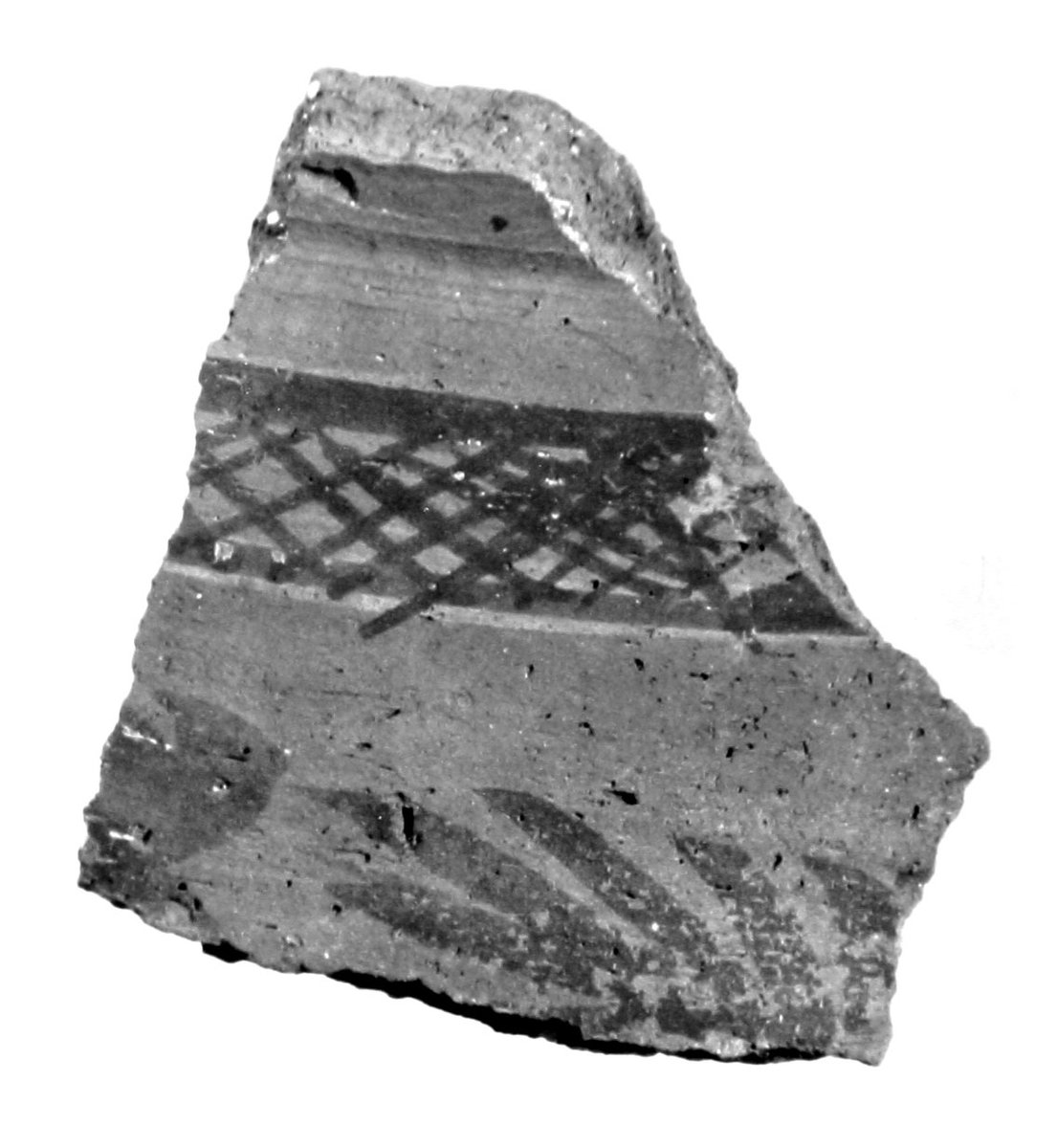
Vessel Fragment
Egyptian Art
| Place of production | Thebes, Deir el-Bahri (?), Egypt |
|---|---|
| Date | 1069–945 B.C. |
| Object type | tomb equipment |
| Medium, technique | Papyrus, painted |
| Dimensions | 10 x 100 cm |
| Inventory number | 51.2547 |
| Collection | Egyptian Art |
| On view | Museum of Fine Arts, Basement Floor, Ancient Egypt, Funerary beliefs |
Both scenes and texts represented on the funerary papyri were intended to equip the deceased with all kinds of necessary information during his or her perilous journey to the Netherworld which it was hoped would end in rebirth or transition into divine form. Two deities were considered to be protagonists of these afterlife conceptions: the sun god and Osiris.
The Budapest papyrus is fragmentary in some places, the beginning of the first motif known to us has not remained but it is not impossible that similarly to other specimens of this type our papyrus originally started with an introductory vignette. The remaining parts are not supplemented with any texts. The first scene displays eleven uniform mummy-shaped creatures standing among the winds of a huge snake, only distinguishable by their heads representing different animals or symbols. All the heads allude somehow to the chthonic and ominous character of their owner. The knives in the head of the serpent undoubtedly refer to the defeated enemy (Apophis) of the sun god, while the eleven figures were obviously charged with subduing it.
The second scene depicts a two-headed, four-legged snake, with a red sun disc as it rises from its body. The motif also points to the symbolism in connection with solar beliefs and rebirth.
In the third scene the bird-shaped spiritual aspect (ba) of the deceased appears presenting offerings to the sun god (in the form of a wedjat-eye encircled by the sun disc) residing in the solar barque.
The closing vignette shows two scarabs and an ithyphallic divine figure. The locale is the mountain of the eastern horizon; the moment is the last one before sunrise.
These Twenty-first Dynasty illustrations in funerary context compiled by the Theban Amun-priesthood were inspired by the Netherworld Books of the New Kingdom royal tombs depicting the nocturnal journey of the sun god in the realm of the dead.
This record is subject to revision due to ongoing research.